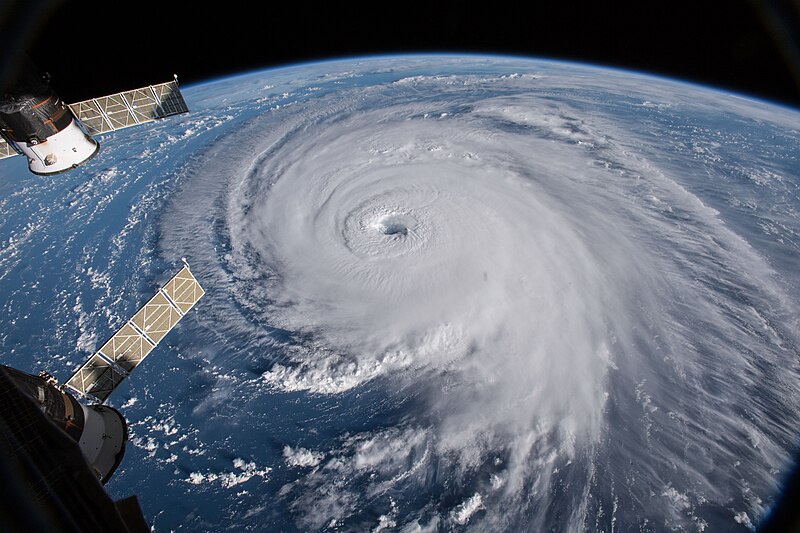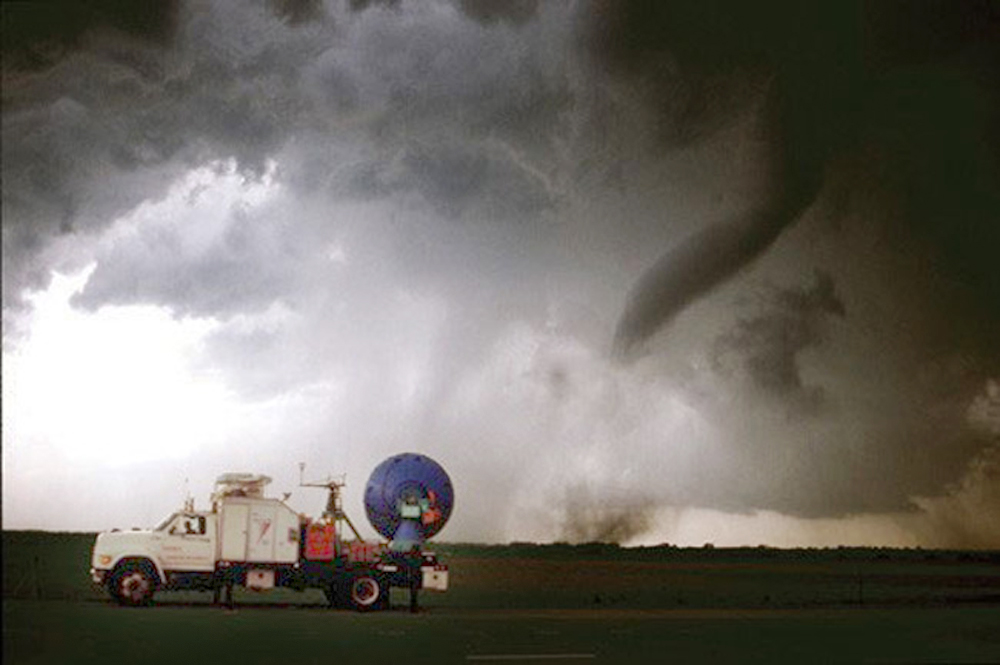10 Essential Tools Every Storm Chaser Needs to Ride the Winds
Storm chasing is an exhilarating pursuit that demands both courage and meticulous preparation. While the raw power of a storm itself is undeniable, venturing into such conditions requires a carefully curated arsenal of tools to ensure safety, capture the moment, and navigate the ever-changing environment. Here’s a breakdown of the 10 essential tools every storm chaser should have:
1. Real-Time Weather Monitoring:

- Weather Stations and Apps: Live weather data is paramount. Reliable weather stations and mobile applications provide crucial information on storm location, movement, intensity, and potential hazards like hail and tornadoes. Popular options include GRLevel3, Warn on Radar, and National Weather Service (NWS) apps.
- Satellite Imagery: Real-time satellite imagery allows chasers to visualize cloud formations and storm structure. Services like GOES-16 and Himawari-8 offer valuable insights into storm development and movement.
2. Navigation and Communication:
- GPS Device: A reliable GPS device ensures you don’t get lost amidst confusing road closures or shifting weather patterns. Consider a ruggedized model with offline mapping capabilities for areas with spotty cellular reception.
- Ham Radio: While cellular service might be unreliable during storms, a ham radio with proper licensing provides a vital communication lifeline. It allows chasers to connect with other storm chasers, emergency services, and weather spotters, sharing real-time updates and ensuring everyone’s safety.
3. Safety Gear:
- First-Aid Kit: A comprehensive first-aid kit is a must-have for any situation. Include essential supplies like bandages, antiseptic wipes, pain relievers, and medications specific to your needs.
- Helmet: Flying debris is a real threat during storms. A sturdy helmet protects your head from hail, wayward branches, and other potential projectiles.
4. Chasing Vehicle:

- Reliable Transportation: Your vehicle is your mobile command center, so ensure it’s up to the challenge. Regular maintenance is crucial, and consider features like high ground clearance for navigating flooded roads and rough terrain.
- Spare Tire and Tools: A flat tire in the middle of nowhere can be disastrous. Pack a spare tire, a jack, and basic tools for roadside repairs.
5. Storm Documentation:
- DSLR Camera with Sturdy Tripod: Capturing the raw beauty and power of a storm requires a high-quality camera. A DSLR allows for manual adjustments for optimal low-light and fast-action photography. A sturdy tripod ensures clear, shake-free footage.
- Extra Batteries and Memory Cards: Running out of power or storage at a critical moment can be frustrating. Pack extra batteries and memory cards to ensure you don’t miss a single shot.
6. Additional Considerations:
- Flashlight and Headlamp: A reliable flashlight and headlamp provide hands-free illumination during low-visibility situations.
- Cooler and Non-Perishable Food: Storm chases can be long and unpredictable. Pack a cooler with plenty of non-perishable food and water to stay hydrated and energized.
- Weatherproof Clothing and Sturdy Boots: Dress for the conditions. Waterproof clothing, sturdy boots with good tread, and layers for varying temperatures are essential.
7. Learning Cloud Formations and Storm Types:

While sophisticated apps and weather stations provide valuable data, a storm chaser’s own knowledge of cloud formations and storm types is an invaluable tool. Understanding the visual cues associated with different storm types allows for better anticipation of their behavior and potential severity. Here are a few key cloud formations to be familiar with:
- Wall Cloud: A low, rotating cloud base often associated with tornadoes.
- Mammatus Clouds: Pouches or bulges that form on the underside of a thunderstorm, often an indicator of strong updrafts within the storm.
- Supercell Storms: These powerful thunderstorms have rotating updrafts and are capable of producing tornadoes, large hail, and damaging winds.
By recognizing these formations, storm chasers can make more informed decisions about approaching storms and maintain a safe distance from particularly hazardous weather phenomena.
8. Choosing the Right Camera Settings for Storm Photography:
Capturing the raw power and beauty of a storm requires an understanding of camera settings. Here are some basic tips:
- Aperture: A wider aperture (lower f-number) allows more light in, which is crucial for low-light storm photography. However, be mindful of achieving a good depth of field to keep both the foreground and background in focus.
- Shutter Speed: Adjust shutter speed based on the desired effect. A slower shutter speed creates motion blur, ideal for capturing lightning strikes or swirling cloud formations. Conversely, a faster shutter speed freezes action, useful for capturing hail or debris.
- ISO: ISO controls camera sensitivity to light. Increase ISO in low-light situations, but be aware of introducing noise (graininess) into your image.
Experimenting with these settings in different weather conditions allows storm chasers to develop their unique photographic style and capture stunning storm visuals.
9. Storm Chaser Etiquette and Responsible Chasing:
The thrill of the chase should never come at the expense of public safety or responsible storm observation. Here are some essential storm chaser ethics to follow:
- Respect Road Closures: Never drive through flooded roads or enter restricted areas. This not only puts yourself at risk but also hinders emergency services.
- Maintain a Safe Distance: Don’t crowd emergency vehicles or get dangerously close to a storm. There’s a difference between capturing a thrilling image and putting yourself in harm’s way.
- Minimize Environmental Impact: Leave no trace behind. Respect private property and avoid causing damage to the environment while chasing storms.
By following these guidelines, storm chasers can contribute to a positive and responsible storm chasing community.
10. Documenting Your Chase Experiences:
Storm chasing isn’t just about the adrenaline rush; it’s about capturing the experience and sharing it with others. Here’s how to effectively document your chase:
- Detailed Notes: Jot down important details throughout your chase, including time, location, weather observations, and any interesting phenomena you encounter. These notes will become invaluable when reviewing footage or writing about your experience later.
- Photography and Videography: As discussed, capture high-quality photos and videos that showcase the storm’s power and beauty. Experiment with different angles and techniques to create a compelling visual narrative.
- Sharing Your Story: Consider creating a blog, social media channel, or online portfolio to share your storm chasing experiences with others. This allows you to educate the public about severe weather, contribute to storm chasing discussions, and inspire others to appreciate the wonders of nature.
Beyond the Essentials:
While the above tools form a strong foundation, storm chasers can further enhance their preparedness with:
- Storm Chasing Community Forums: Participating in online forums allows chasers to connect with experienced individuals, share intel, and learn valuable safety tips.
- Weather Spotter Training: Consider becoming a trained weather spotter. This not only enhances your own understanding of storm behavior but also allows you to contribute valuable data to weather services.
- Power Inverter: A power inverter allows you to power essential electronics like laptops and cameras using your vehicle’s battery.
Remember: Safety Always Comes First
Storm chasing is an activity that demands respect for the immense power of nature. Always prioritize safety. Never chase into a tornado, maintain a safe distance from storms, and be prepared to retreat if conditions deteriorate. By using the right tools, staying informed, and prioritizing safety, storm chasers can capture the awe-inspiring power of storms while minimizing risks.pen_spark
